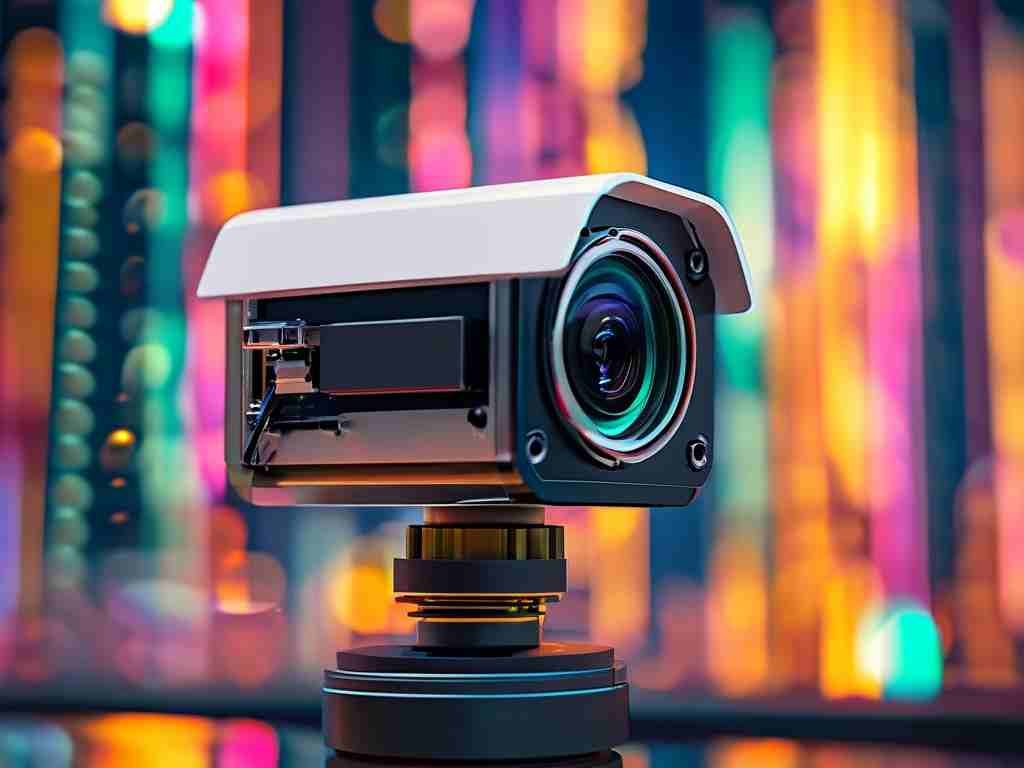OpenMV cameras have revolutionized embedded vision systems by integrating powerful image processing algorithms directly into their compact hardware. This integration enables developers to implement complex computer vision tasks without requiring deep expertise in algorithmic mathematics or high-performance computing infrastructure.

At the core of OpenMV's functionality lies its preloaded suite of image processing tools. These include edge detection using Sobel/Canny operators, thresholding techniques for object isolation, and Haar cascades for facial recognition. For instance, the find_edges() method applies a Sobel filter with adjustable parameters:
img = sensor.snapshot() edges = img.find_edges(edge_threshold=100)
This code snippet demonstrates how developers can extract edge information in real-time while fine-tuning sensitivity through threshold adjustments.
The platform's color tracking capabilities utilize histogram analysis and LAB color space conversions. Unlike traditional RGB processing, LAB separation improves performance under varying lighting conditions. Users can define custom color thresholds using OpenMV IDE's built-in threshold editor tool, which visually demonstrates how parameter changes affect detection accuracy.
Feature matching algorithms like ORB (Oriented FAST and Rotated BRIEF) enable pattern recognition applications. When combined with perspective correction functions, this allows robots to identify and orient objects on conveyor belts – a common requirement in industrial automation. The find_keypoints() method stores descriptor data that can be compared against pre-trained templates:
template = image.ImageTemplate("/template.orb")
keypoints = img.find_keypoints(max_keypoints=50)
match = image.match_template(template, keypoints)
This approach maintains efficiency even on OpenMV's microcontroller-class hardware by optimizing memory usage and computation cycles.
Optical flow algorithms track pixel movement between consecutive frames, particularly useful for drone stabilization and motion analysis. The find_displacement() function calculates motion vectors at configurable resolutions, balancing precision and processing load. Developers can access both global motion patterns and localized vector fields for detailed movement analysis.
Machine learning integration extends these native algorithms through TensorFlow Lite support. While not strictly "built-in," this feature enables hybrid systems combining classical image processing with neural networks. For example, a plant inspection system might use color thresholding to isolate leaves before applying a CNN model to detect diseases.
The real strength of OpenMV's architecture lies in algorithm optimization for resource-constrained environments. All functions undergo specific tuning for the camera's hardware – the OV7725 sensor paired with STM32 microcontrollers. This hardware-algorithm co-design achieves frame rates up to 60 FPS for basic operations while maintaining power consumption below 300mA.
Practical applications span multiple industries. Agricultural drones use blob detection to count crops, smart factories employ AprilTag recognition for part tracking, and educational robots implement line following through Hough transforms. The unified API structure allows quick adaptation across use cases – a traffic sign recognition system can be prototyped in under 50 lines of code using combined edge detection and template matching.
While powerful, developers must understand the limitations of embedded vision processing. Complex tasks like 3D reconstruction remain beyond OpenMV's capabilities, and simultaneous execution of multiple algorithms requires careful resource management. The gc.collect() function becomes crucial when handling large image buffers or frequent frame captures to prevent memory fragmentation.
Future developments focus on expanding algorithm libraries while maintaining real-time performance. Planned additions include improved depth-from-defocus calculations and enhanced noise reduction filters. These updates will further solidify OpenMV's position as a versatile tool for embedded vision applications across IoT, robotics, and industrial automation sectors.

